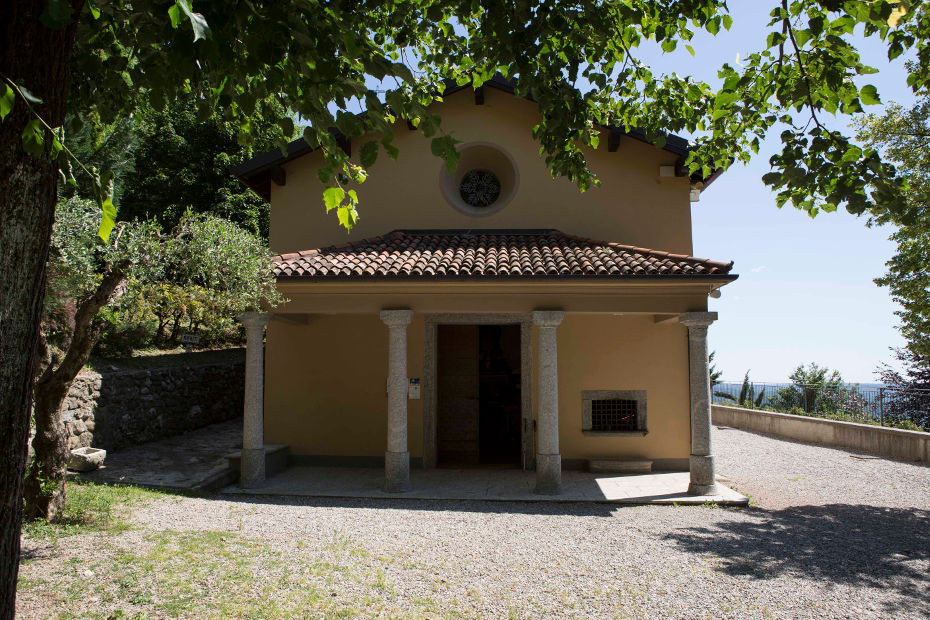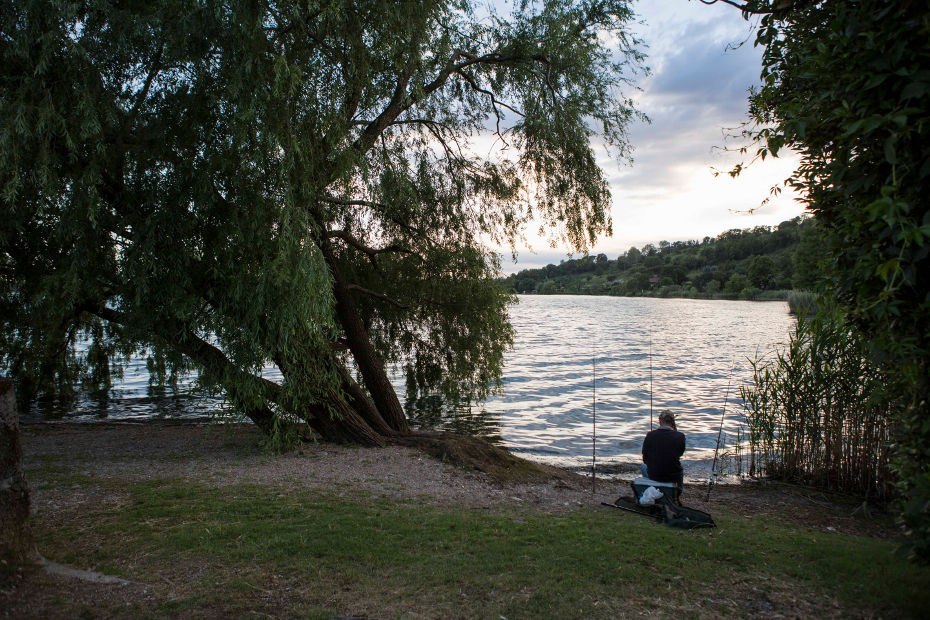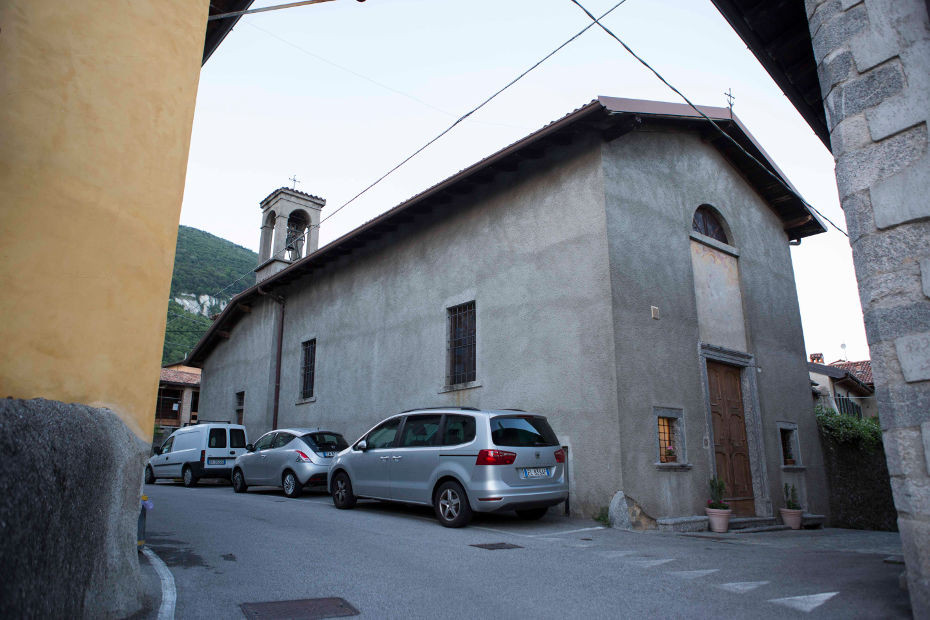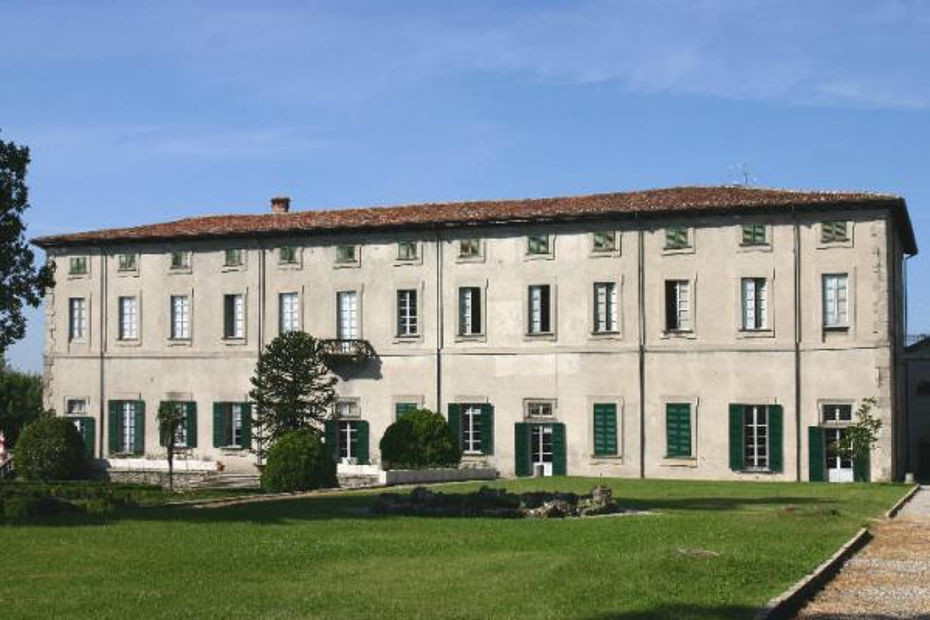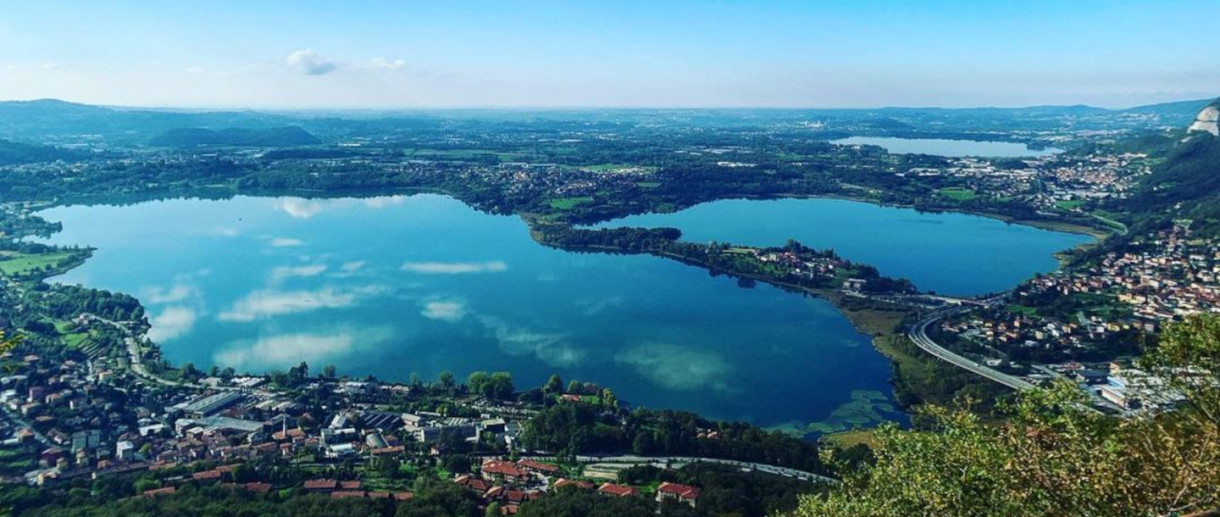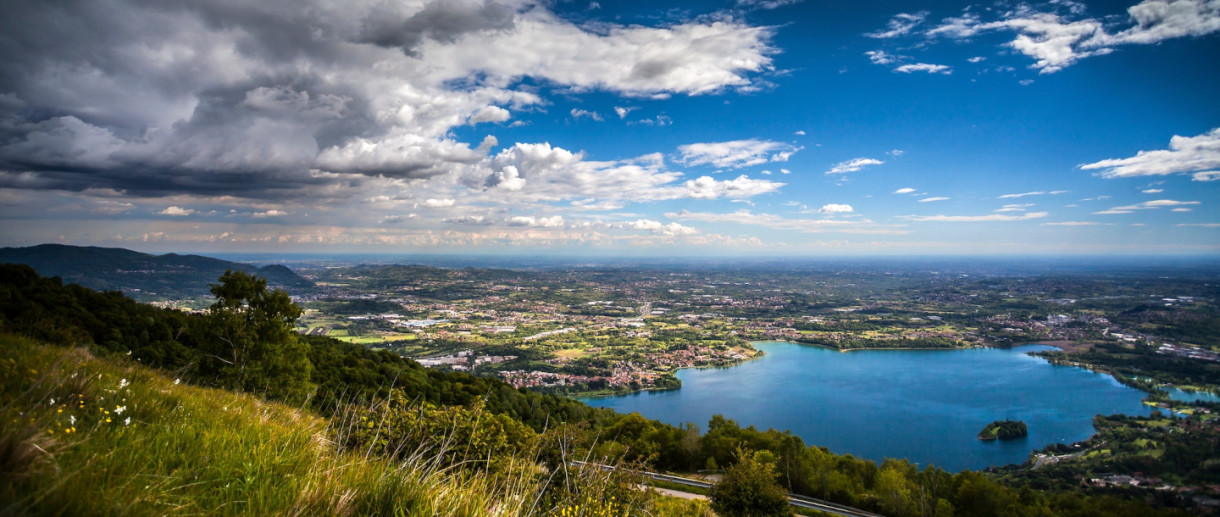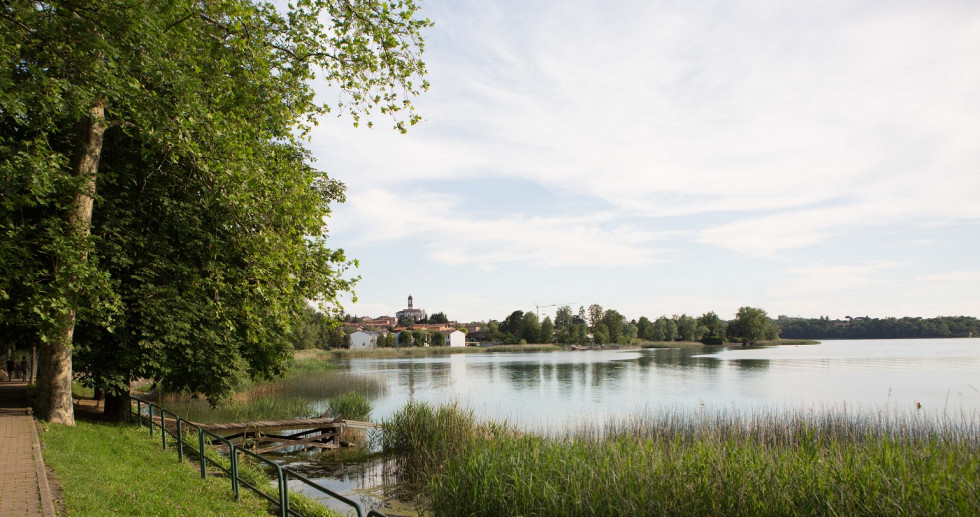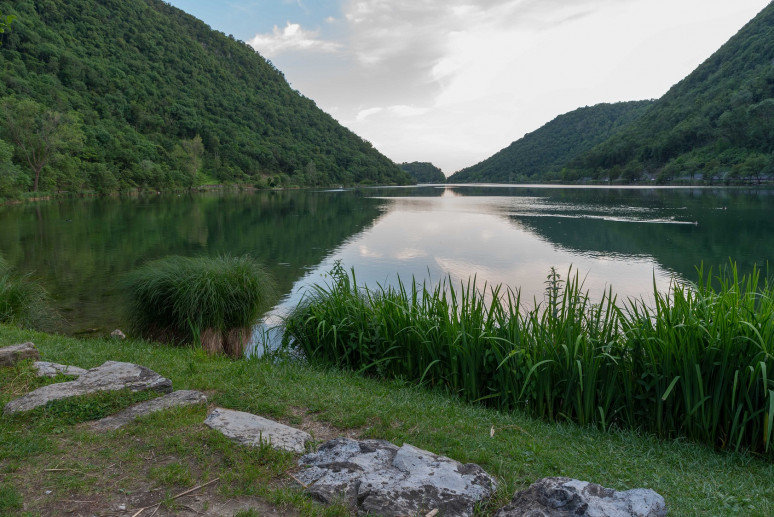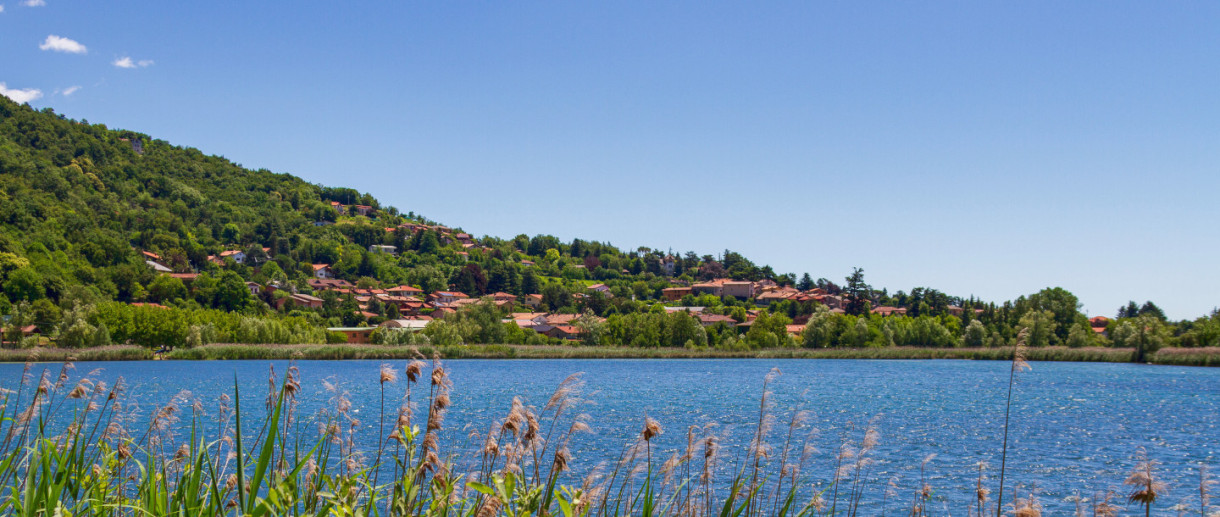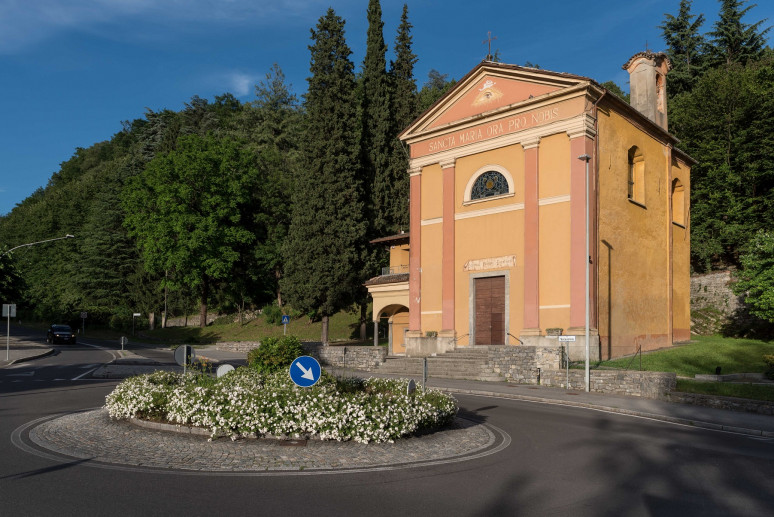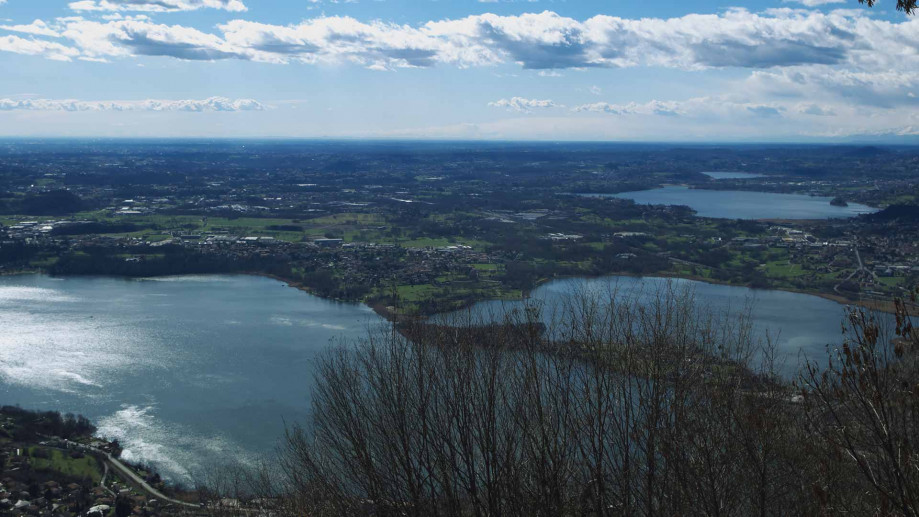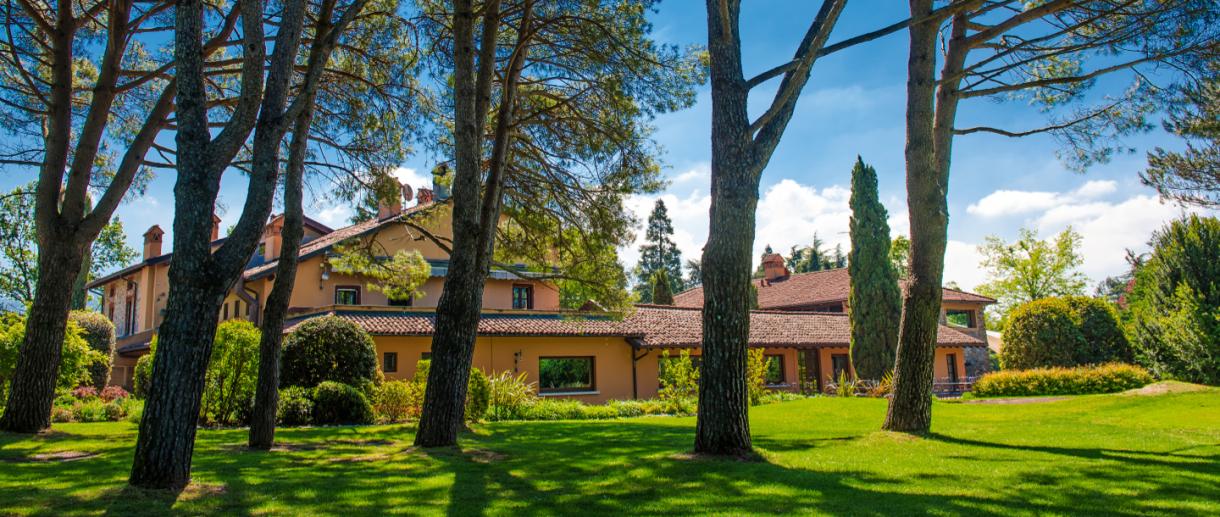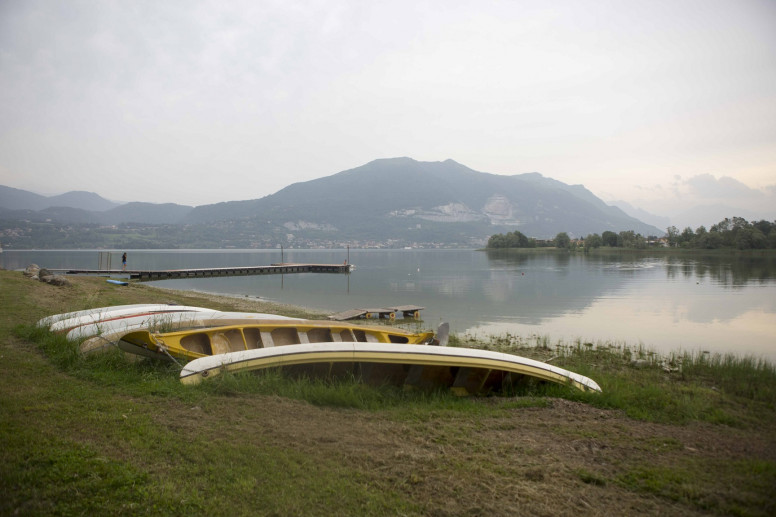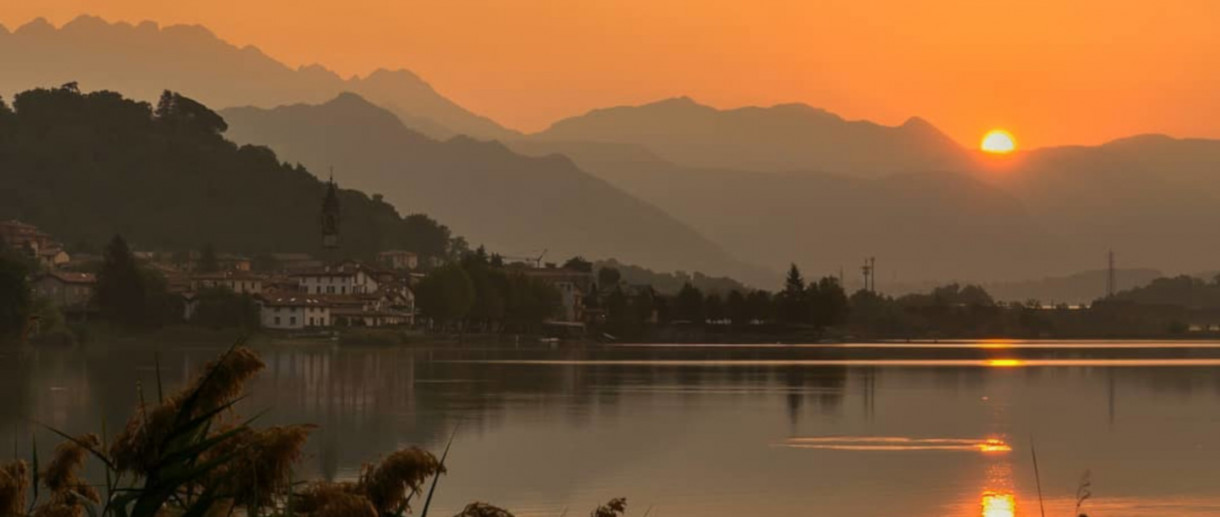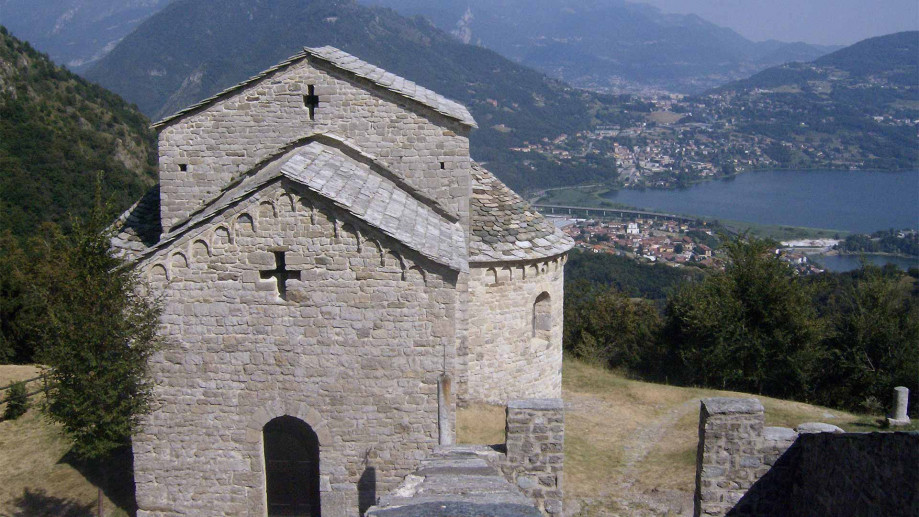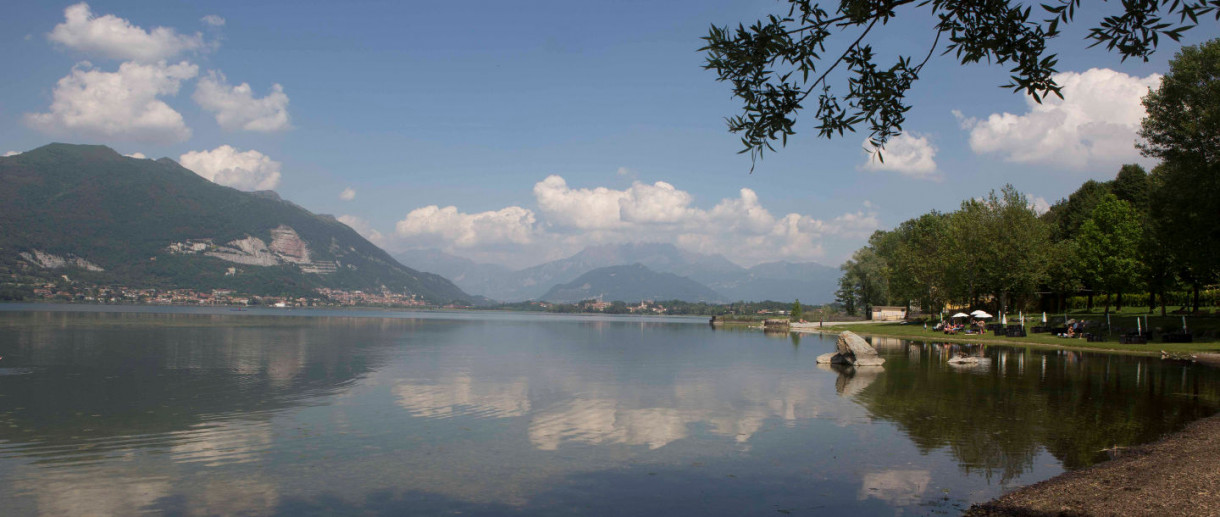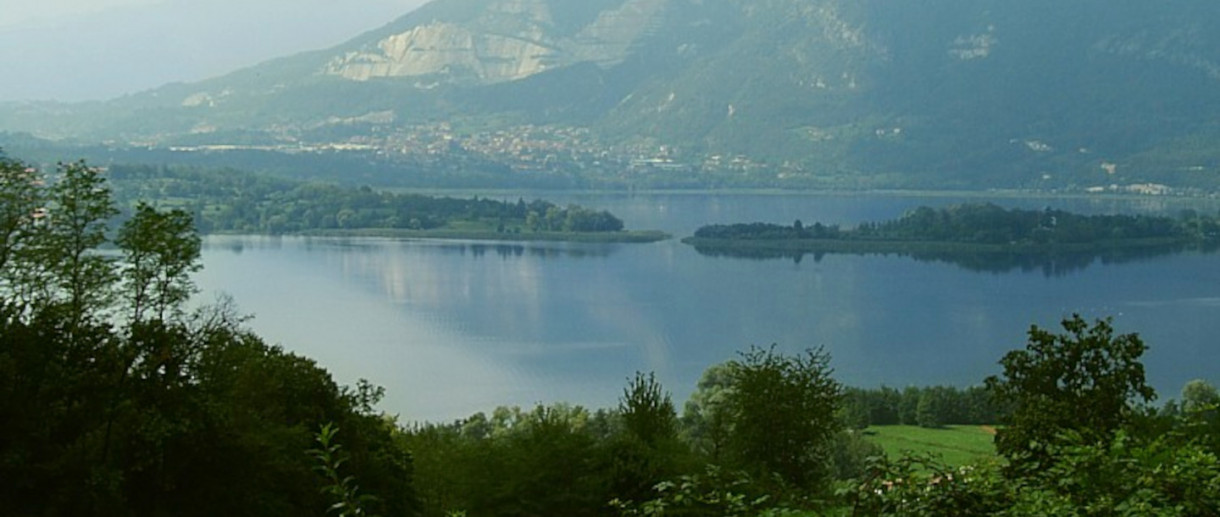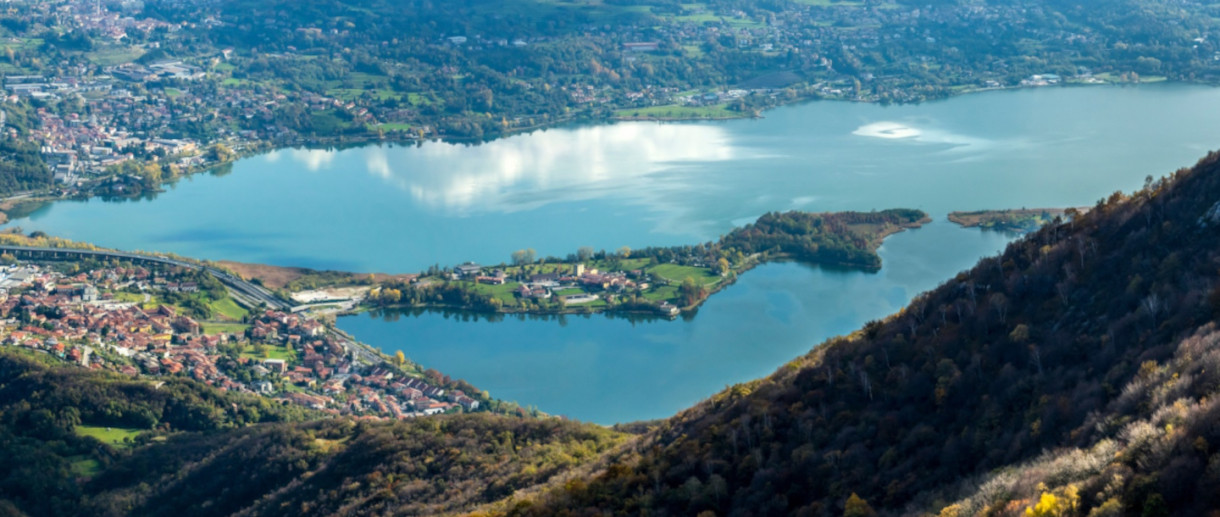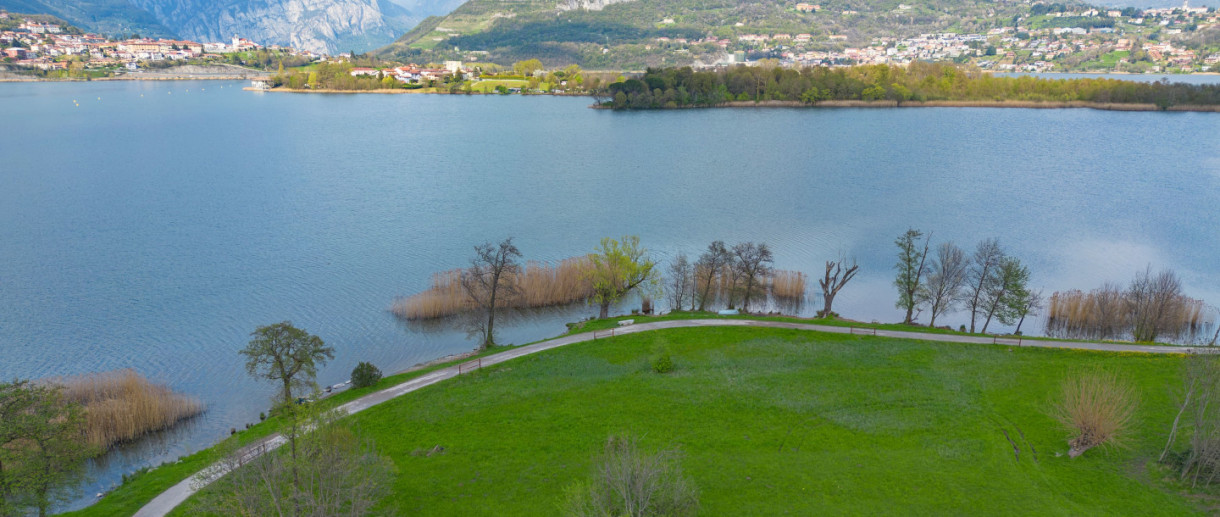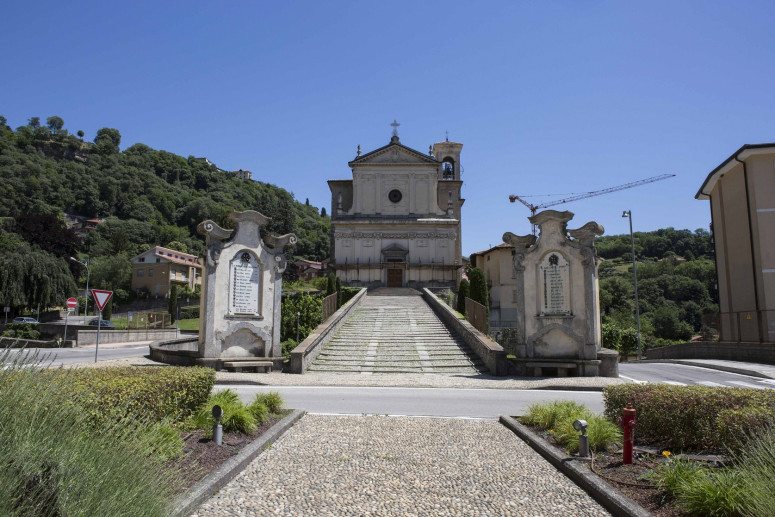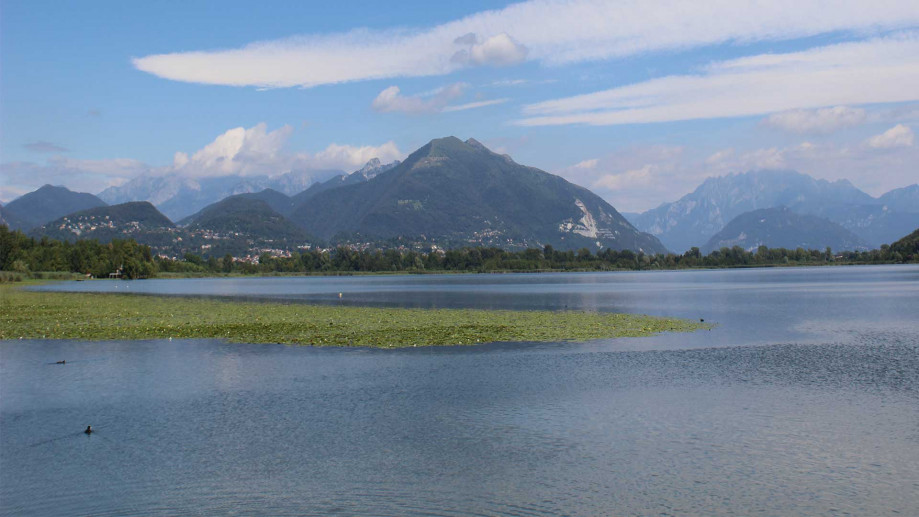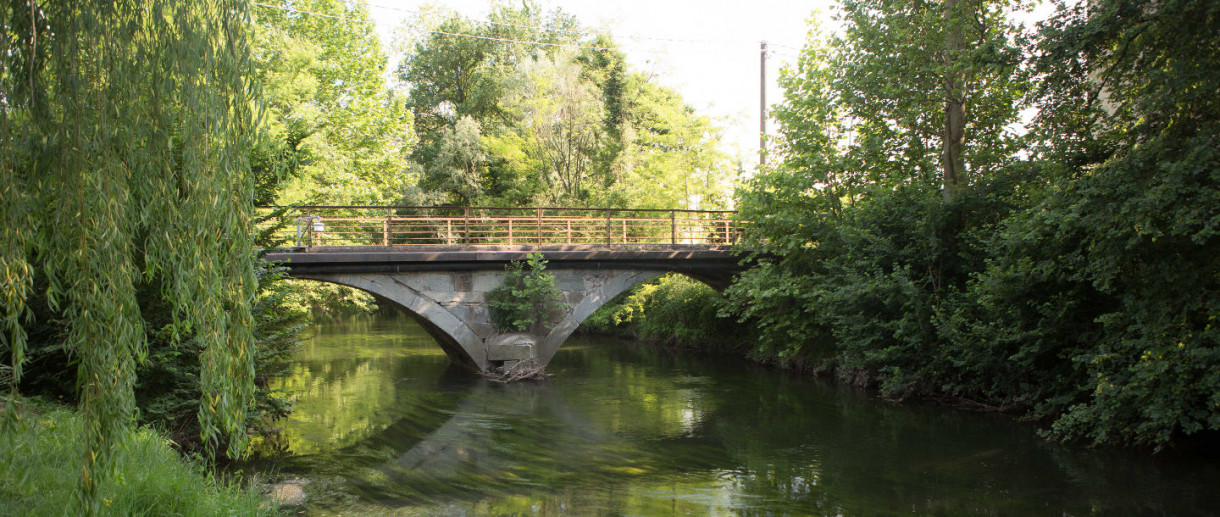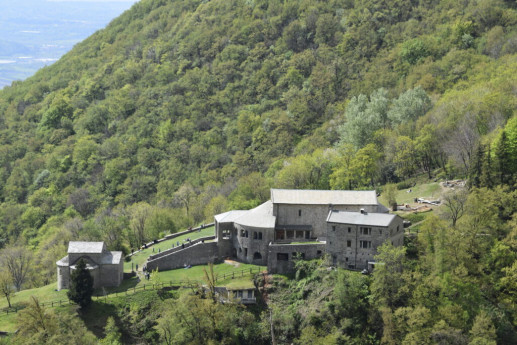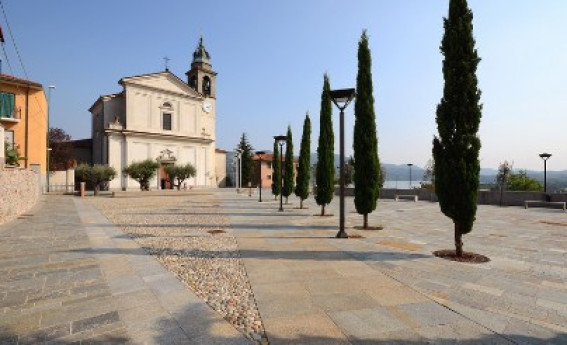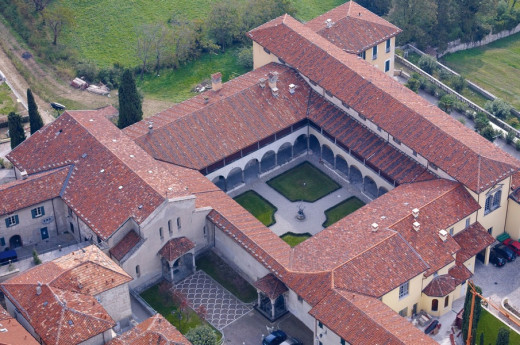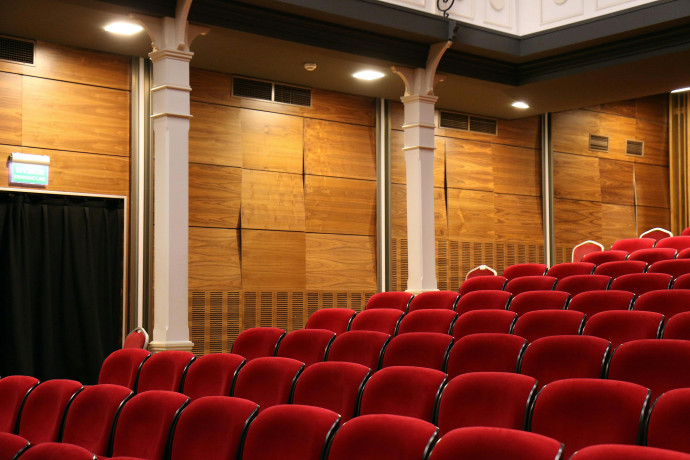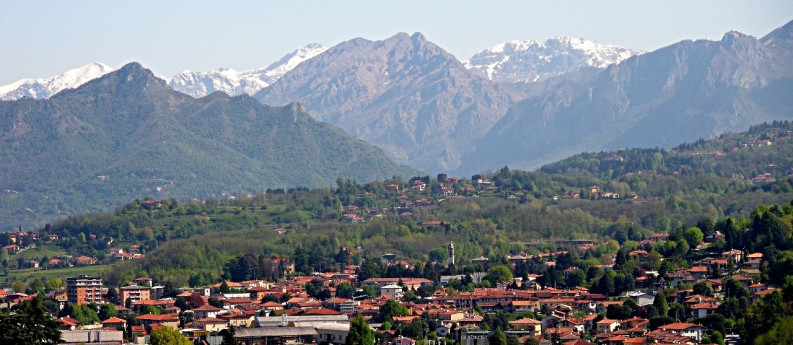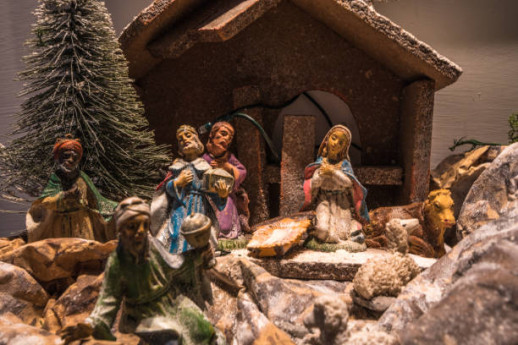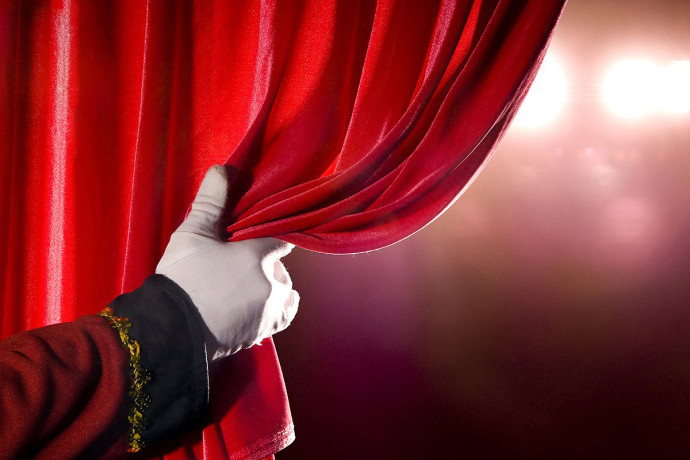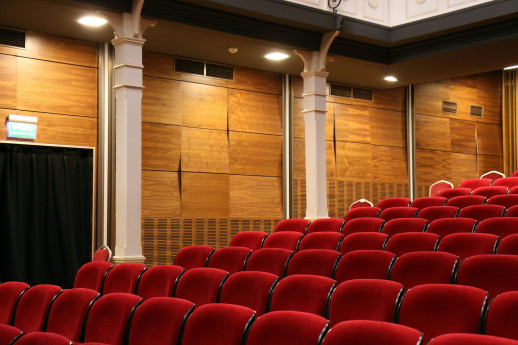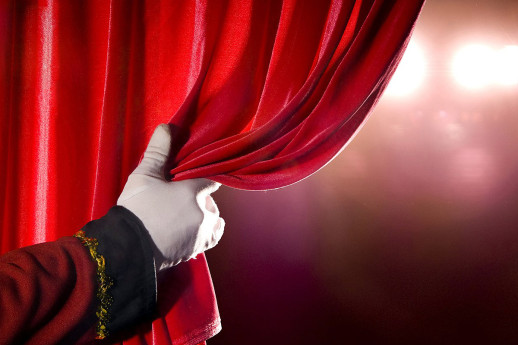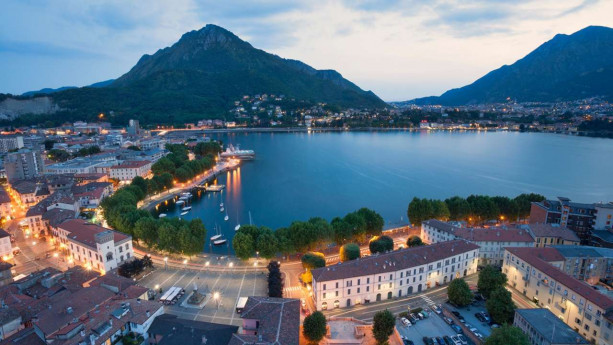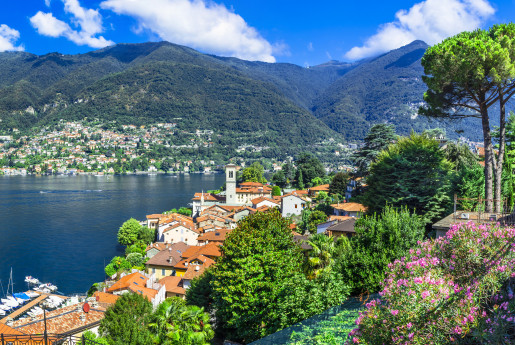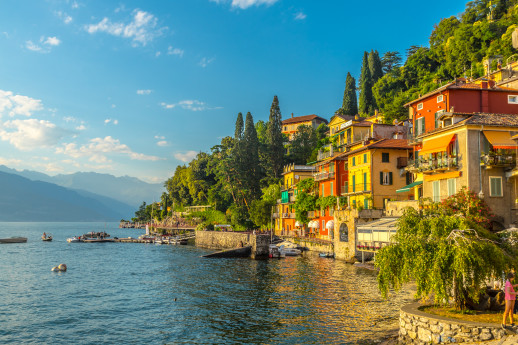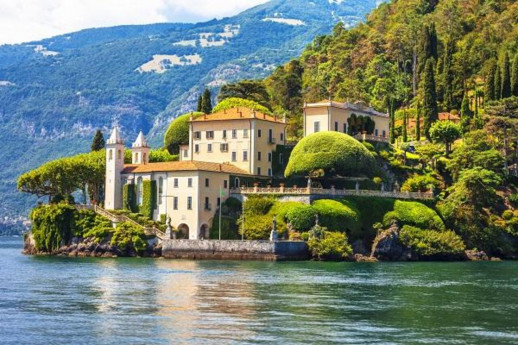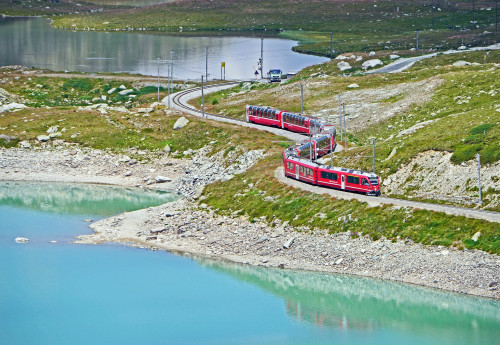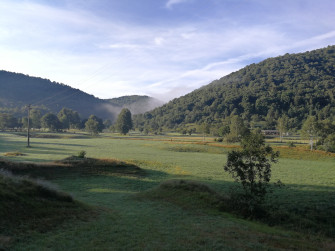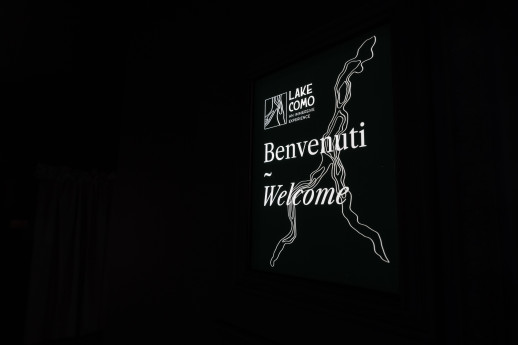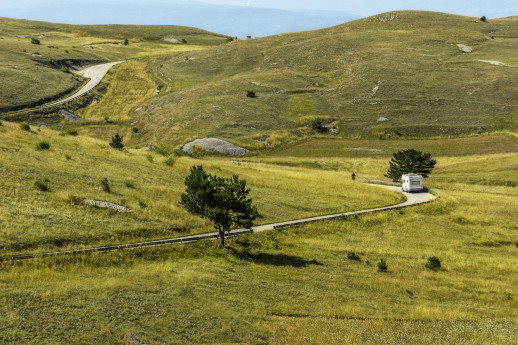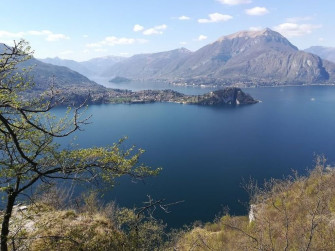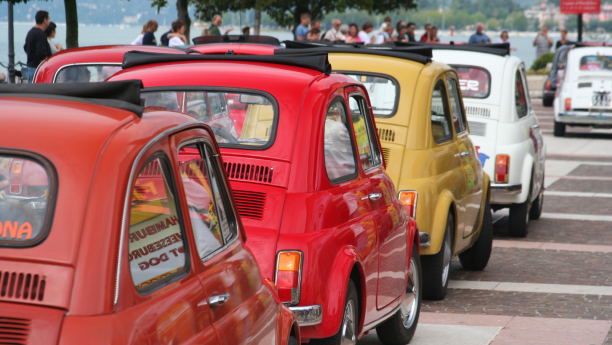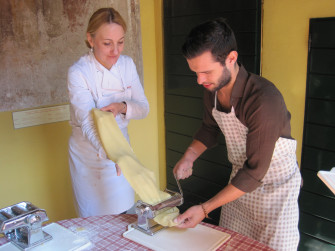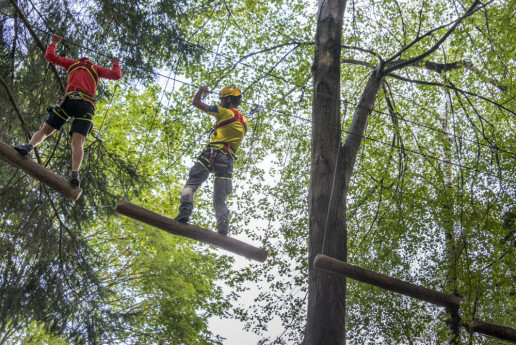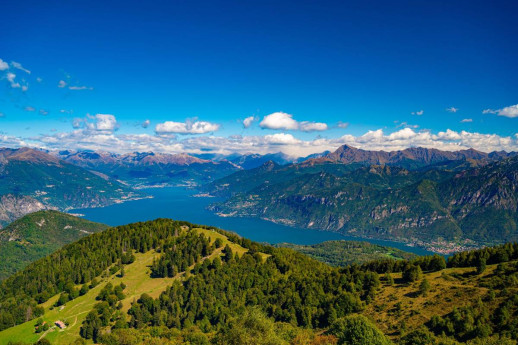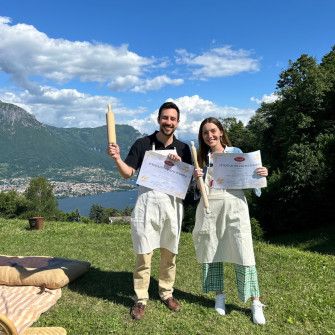- Active & Green
- Art & Culture
- Villages
- Lakes
Pusiano
A journey in time on the banks of the lake
Pusiano is reflected in the lake named after it and on the oldest maps the town is marked as Pucilliano, which in turn derives from the Latin Pusillius.
Its golden age dates back to the Napoleonic era, thanks to the viceroy Eugenio Beauharnais who, at the start of the nineteenth century, chose Pusiano as his summer residence and for the following ten years or so, the town was a high society hot spot.
Evidence of this period in its history, as well as chronicles from the time, exists in the form of Palazzo Carpani Beauharnais (fifteenth-sixteenth century), just a few metres from the lakeside. The Palazzo has an interesting story, as it has changed hands, layout and purpose time and again over five centuries. It was built by the noble Carpani family at the turn of the sixteenth century, and still remaining of this original construction are the oldest wing and the Sala del Quattrocento on the top floor, with its decorated coffered ceiling.
The second half of the seventeenth century saw the addition of the east wing featuring a portico with coupled columns and very slender arches. From 1805 to 1814, Eugenio Beauharnais lived here, creating the wonderful Italian-style gardens, then in 1830 it became the property of the Contis, an industrial textile family from Lecco, who introduced a series of structural changes to create a spinning mill with adjacent silkworm farm. A century later, the order of the Fathers of Charity bought the estate and adapted a part of it to host aspirants before they joined a seminary and turned another part into a school.
Today, the palazzo is owned by the Pusiano municipal authorities and it houses the town hall, public rooms, the civic library, secondary school and a guest house.
